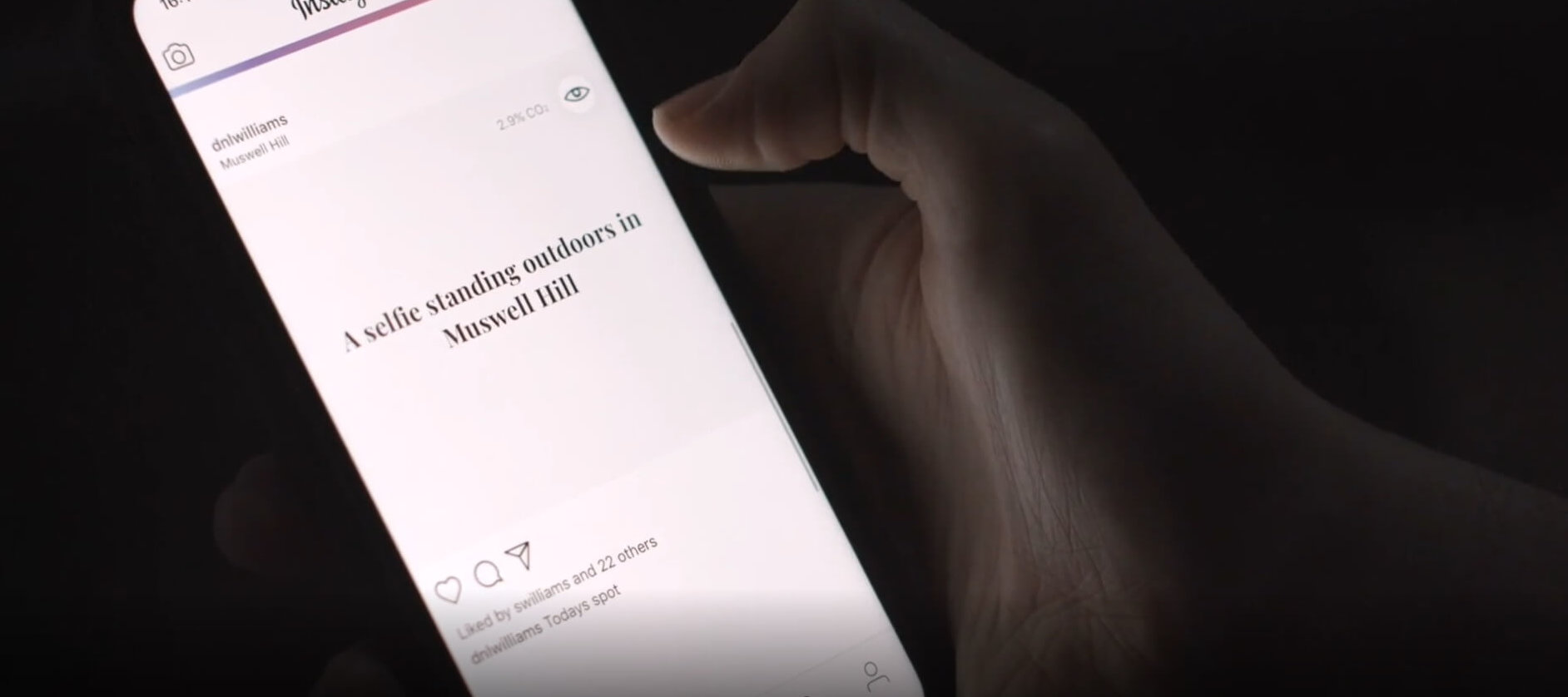Last year, more than more than 132,000 apps were added to Play Store in about 3 months. How many of those got thousands of downloads, is another thing altogether. What matters is that app creation is only on the rise and consumption, too, which means we spend an absurd amount of time on social media, consuming more energy on this habit than it is environmentally wise.
To support our Internet needs, data centers consume around 3% of all global energy today, while the phones and communications networks could consume 21% of all energy by 2030. The stats are astounding and will only grow if we don’t do something about it. U.K. design studio Normally pondered on a possible sollution for this and came up with Post Abundance experiment, a way of redesigning the internet to require and consume less energy.
The platform the studio experimented on was Instagram, a media-rich social media channel that, you guessed it, consumes a lot of energy. The designer behind the test actually discovered, through Carbonalyser, a Firefox plug-in, that a third of his energy consumption went into social media.
Could Instagram be redesigned so it’s still appealing but more eco-friendly? Tom Jarrett from Normally believed so, with the right limitations in place. Images and videos, the ones that take up so much energy, could be stripped at first of their visual form. Instead of a photo you could have the description of that photo on a gray background via image recognition algorithm, used already in the cloud or on device.

But could anyone enjoy a written description instead of a picture? Unlikely, so the designer gave users the option to do so in his iteration. On one of the upper corners of the background he placed an icon that, if tapped, would reveal the picture itself.
Your action would also be quantified in energy levels consumed so you would know when you meter is filled. Right now, we’re scrolling, clicking and tapping constantly, without understanding how much does all of that translates in energy consumption. Maybe if we did understand, we would change our habits ourselves.
Jarrett realizes his experiment is not a sollution but he hopes it’s at least a “wake up sign”, highlighting how a bit of UI work could have a positive impact on our environmental footprint.
Follow TechTheLead on Google News to get the news first.

















